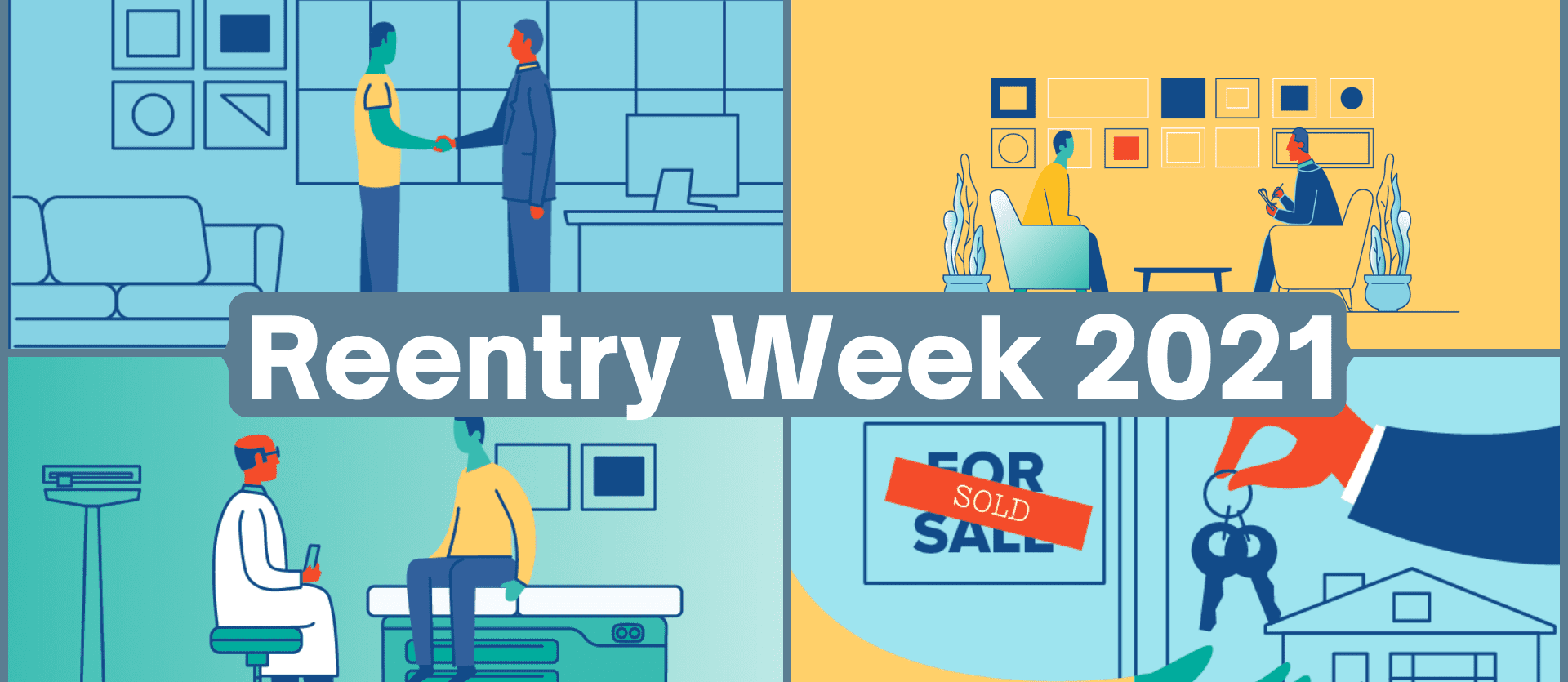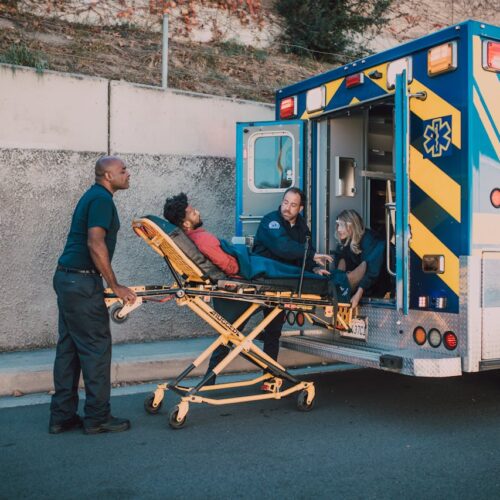
‘A Resource for Change’: The Role of Peer Recovery Support Specialists in Reentry Programs
Peer recovery support specialists can play a critical role in reentry programs for people with behavioral health needs, from engaging participants in needed treatment and services to connecting them to prosocial activities. In Erie County, New York, the Erie County Jails Co-occurring Enhancement Reentry Initiative is a partnership between the Erie County Sheriff’s Office (ECSO) and BestSelf Behavioral Health, which is supported by Second Chance Act funding. The program seeks to strengthen, expand, and better coordinate reentry services for incarcerated people who have co-occurring substance use disorders and mental illnesses.
To highlight the unique ways that peer recovery support specialists can enhance reentry programs, staff from The Council of State Governments Justice Center spoke with the project’s director, Sgt. Jennifer Howell of ECSO; Tye Pope, vice president of Specialty Substance Use Disorders Services & Housing at BestSelf Behavioral Health; and BestSelf peer specialist Kenny Smith about their experiences and advice for other programs. The interviews have been edited for length and clarity.
What role does the peer recovery support specialist play as program participants reenter the community?
Tye Pope: Our goal for peer services is to provide more hands-on care, with a friendlier relationship between staff and participants in which staff—peers—are offering their personal story to help people reintegrate. Our peers are taking participants by the hand to services they might need, such as education, vocational services, help with moving back in with family members—whatever they need to be successful in the community. Peers can offer more support where case managers cannot. They allow for more open conversation, which helps people to gain hope and reset back into the community again.
Kenny Smith: It is a chance to empower people reentering the community through drawing on my own personal experience with mental health to provide authentic engagement with the participants.
How does the peer recovery support specialist coordinate with other people on the reentry team (e.g., clinicians, jail or supervision staff)?
Jennifer Howell: We have a few mechanisms in place to support this coordination, such as biweekly committee meetings where peer support specialists meet with the case manager and agency and community partners to discuss program operations. We also have weekly interdisciplinary team meetings to discuss each individual participant and the work we’ve done on the case.
Tye Pope: We try to make sure our peers are very involved with participants from beginning to end, so that they are fully aware of what is going on with participants’ needs and are privy to assessments the case manager is doing. Peers are working directly with ECSO deputies and staff members to advocate for participants and get information on what works for the participants and what doesn’t. This information can be used to support program improvements and be responsive to participants’ needs.
Kenny Smith: It is all part of a collaborative effort; I am a member of the team that works with the participants, sheriff’s office, and other BestSelf team members.
Kenny, how do you describe your work to other people when they ask about your job?
Kenny Smith: I tell them I’m here to offer support with words, to help them feel a sense of empowerment, make life-changing decisions, and figure out the path they are going to take. And I make linkages to resources in the community that will help them on that path.
Tye, what qualities are you looking for when hiring peer specialists?
Tye Pope: When considering candidates, I look at whether the person has experience with peer services and are certified. If they’re not certified as a Recovery Peer Advocate in New York, I think about what training we would need to put in place to get them certified. People in this role need to be empathetic, understanding, and take a holistic approach toward helping people gain their own voice and be successful in the community. I also look for people who are dedicated, willing to go the extra mile, innovative, and interested in structuring sessions to be more trauma informed and trauma centered.
Can you provide an example of a client whose reentry process was strengthened through their relationship with the peer recovery support specialist?
Kenny Smith: One client was going through an especially hard moment in life: he was depressed because of a job situation and needing more resources and knowledge. He was having a hard time getting to work without transportation. I was able to connect him with a ride to and from work in order for him to keep his job. I was also able to support him in getting other pieces of his life sorted, such as helping him get a bank account and bank card. Through this support, our relationship was strengthened. He is now working on acquiring a driver’s license so one day he can have his own transportation to work.
Why would you recommend that other reentry programs add a peer recovery support specialist?
Tye Pope: Peer services help remove barriers and break down walls in people that no other team has been able to. I’ve seen drastic changes in people’s lives with peers involved. Peer services allow individuals to not be stigmatized. Peers make the reentry process very seamless and make the person feel supported. They have a lifetime of experience to draw from and be able to say, “Look at me—if I can do it, you can too.”
Kenny Smith: That hits home. I do think that as a peer, I help take away obstacles and connect with people. I help them see what you can achieve and become in long-term recovery—it helps to have peer support.
Is there anything else you’d like to make sure readers know about peer recovery support specialists in behavioral health reentry programs?
Tye Pope: It’s important how peers are working with the rest of the reentry team. We have a great relationship with the sheriff’s office, and they really involve peers, make them feel equal, and allow peers to guide care.
Jennifer Howell: The collaborative spirit is a huge part of the success. Kenny has been fantastic at engaging participants and keeping them involved.
Kenny Smith: It’s important for people to have an authentic representation of what they can become. Peers serve as a resource for change.
This project was supported by Grant No. 2020-CZ-BX-K001 awarded by the Bureau of Justice Assistance. The Bureau of Justice Assistance is a component of the Department of Justice’s Office of Justice Programs, which also includes the Bureau of Justice Statistics, the National Institute of Justice, the Office of Juvenile Justice and Delinquency Prevention, the Office for Victims of Crime, and the SMART Office. Points of view or opinions in this document are those of the author and do not necessarily represent the official position or policies of the U.S. Department of Justice.
ABOUT THE AUTHOR

In response to growing calls for police reform in New Jersey, particularly following the shootings of Najee Seabrooks…
Read More Three Things to Know About New Jersey’s Groundbreaking Community Response Legislation
Three Things to Know About New Jersey’s Groundbreaking Community Response Legislation
In response to growing calls for police reform in New Jersey, particularly…
Read More Apply Now: Join a Learning Community for Community and Crisis Response Teams to Improve Responses to Youth
Read More
Apply Now: Join a Learning Community for Community and Crisis Response Teams to Improve Responses to Youth
Read More














